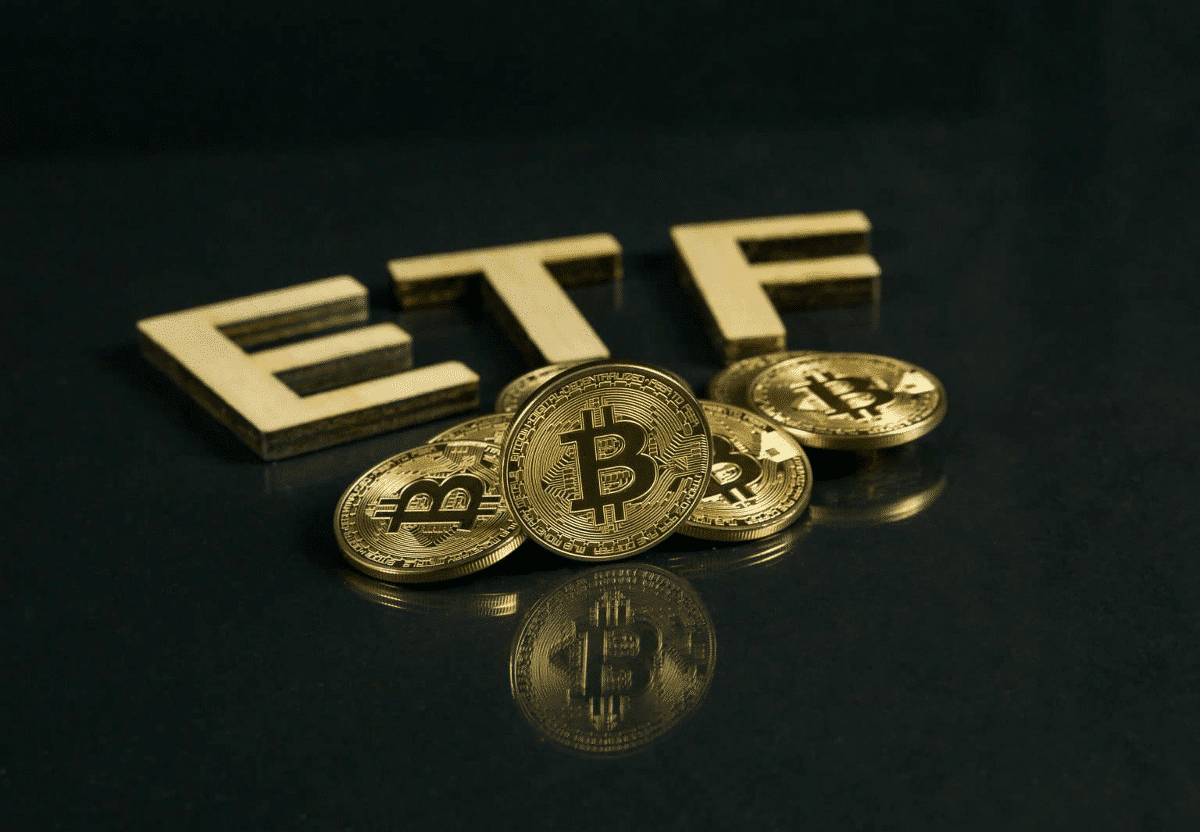Responding to Vitalik’s call in the first place? Quick view of L2 Redstone, the chain game combined with OP+Plasma.
Why Did People Respond to Vitalik's Call? A Brief Look at L2 Redstone, the Combination of Chain Game and OP+PlasmaAuthor: Karen, Foresight News
Yesterday, the team behind the full chain open-source engine MUD, Lattice, announced the launch of L2 Redstone, suitable for blockchain games and self-made worlds. The Redstone Holesky testnet is currently live.
Redstone is an Alt-DA chain inspired by Plasma and built on OP Stack. The blockchain scalability solution Plasma allows all data and calculations, except for deposits, withdrawals, and Merkle roots, to be kept off-chain.
It’s worth mentioning that before the official announcement of Redstone, Vitalik Buterin published a lengthy article entitled “Vitalik: Ethereum scalability extends beyond Rollup, why should we refocus on Plasma?” In the article, he believes that Plasma is still an underestimated design space that can completely bypass data availability issues and greatly reduce transaction costs.
- Tick Tock Crypto Leaders Have Limited Time to Convince the IRS
- Trump, Tucker, and Bitcoin An Unconventional Trio Fueling America’s Financial Revolution
- Creating NFT Art with Intelligence A Guide to the New Project Unigraphs on Ordinals
What is Redstone? How does it work?
Redstone is the first Plasma implementation on the OP Stack, built by Lattice and Optimism specifically for developers of blockchain games and autonomous worlds.
The main difference between Redstone and other OP Stack Rollups is data availability (DA). Redstone does not use L1 Ethereum to achieve DA, but instead uses alternative DA providers and only publishes input commitments to L1.
To ensure this data availability, Redstone has set up a separate data availability challenges (DA Challenges), which allow anyone (node) to challenge the availability of data corresponding to a given commitment on L1. The commitment data can be checked on the Rollup input dashboard, and challenges can be raised.
When a node challenges an input commitment, the DA provider will publish the input to L1, which results in increased costs. Therefore, Redstone requires nodes to pay a deposit that covers the cost of resolving the challenge when submitting a DA challenge. If the DA provider successfully resolves the challenge, the deposit will be destroyed, but if it fails, the deposit will be returned to the challenging node. This is done to reduce frivolous challenges.
This way, transaction costs (which are generally mainly L1 data fees) can be significantly reduced while maintaining the integrity of Ethereum.
The currently released Redstone Bridge enables ETH transfers between the Holesky testnet and the Redstone Holesky testnet. In the future, it will be expanded to the mainnet and other asset categories (ERC20, ERC721, etc.).
Lattice: Heavyweight Player in the Full-Chain Gaming
Lattice product development covers the chain, execution layer, L2, on-chain operating system, EVM framework, tools, and applications. Among them, Lattice has developed a complex Ethereum application framework called MUD, which has matured and compressed the complexity of building EVM applications in the full-chain field through tightly integrated software stacks.
Lattice’s achievements are inseparable from the efforts and support of team members and contributors. Lattice’s official website lists 13 team members and up to 58 contributors.
Lattice’s main sponsors and incubators are 0xLianGuaiRC, which is a research organization formed by Gubsheep, the founder of Dark Forest. Projects that 0xLianGuaiRC sponsors, provides operational support for, or otherwise participates in, include Dark Forest, Lattice, ZKonduit, Index Supply, ZuLianGuaiss, ZFT, Hack Lodge, EthUniversity, and others. The funding for 0xLianGuaiRC comes from donations from the Ethereum Foundation, Gitcoin, ETHGlobal, and others.
In the summer of 2022, Lattice founder Ludens and Alvarius collaborated to develop zkDungeon, an on-chain game that combines chess and battle royale games. They later realized that the priority was to build an operating system and gradually explored the ECS (Entity, Component, and System) pattern. Based on this, they released MUD V1.
According to Github records, MUD introduced some conventions for organizing data and logic, abstracted away low-level complexity, and allowed developers to focus on the functionality of the application. In other words, MUD standardized the way data is stored on the chain. With this standardized data model, MUD can provide all the networking code to synchronize contracts and client states.
In 2022, Lattice also collaborated with Optimism to use MUD to release OPCraft, an on-chain clone of Minecraft, in just one and a half months.
Currently, the Lattice team is working on developing MUD V2, which will provide developers with greater flexibility in reading and writing to the blockchain. In addition to MUD V2, Lattice is also developing Sky Strife, a full-chain real-time strategy game (official testnet to be launched on November 27), and other infrastructure products related to MUD. Projects supported by MUD also include Primodium, a full-chain city-building game, and Word3, an on-chain spelling game.
Full-chain gaming is undoubtedly one of the potential areas driving the widespread adoption of Web3. As an important infrastructure and promoter of full-chain gaming, Lattice is creating new gaming experiences through game engines, L2, and gaming applications.
References:
https://lattice.xyz/media/2023/redstone
https://mud.dev/introduction
We will continue to update Blocking; if you have any questions or suggestions, please contact us!
Was this article helpful?
93 out of 132 found this helpful
Related articles
- Who can outperform Bitcoin? Analysis and summary of the exchange rate trends of 350 altcoins against BTC.
- Quick Look at NFT Innovative Market Liquid Delegate How to Trade NFTs with Wrapped Delegation Rights
- In the FOMO market, should you chase after gains? You should pay attention to these 7 trading tips.
- The market keeps levering up, is the bull market really back?
- Betting on Bitcoin’s Halving: A High-Stakes Game
- Arbitrum community added 21.4 million ARB incentives, which new projects receive support?
- The Slow and Steady Adoption of CBDCs: A Race to Transform the Digital Money Landscape









